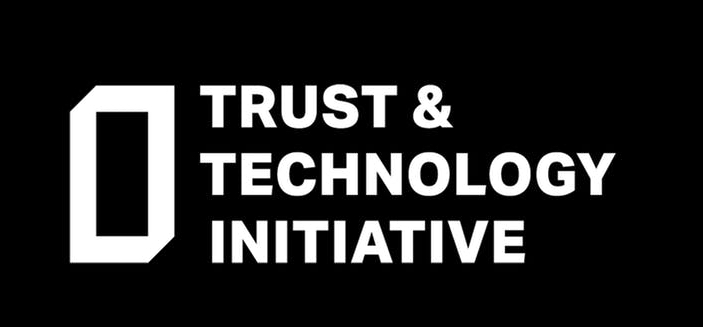Why and how email communication undermines trust in teams and organizations
Even though the technological use of Email has been predicted to come to an end, within organizations it is still one of the most commonly used communication channels. Recent research indicates that with the use of open work spaces – aimed at promoting more face-to-face communication – the use of email has been increasing again. Email thus remains an important communication tool because it primarily helps to distribute information among different parties involved. Transparency is key in ensuring that this communication technology is trusted by all recipients. Email, at the same time also offers several different possibilities on how to communicate. It is very easy to add people to cc and bcc, which makes that Email can also be turned in a more strategic tool of communication. Despite that these different communication options are easy to select the consequences can however be detrimental to team work. In fact, Justin Rosenstein (ex-Facebook and co-founder of Asana) commented that Email has “become a counter-productivity tool.” In what way can Email as an important technology tool for organizational communication disrupt negatively team work?
We conducted a series of experimental studies revealing that using cc and bcc can significantly influence trust within teams and make people suspicious towards the use of Email. A first line of research demonstrated that when co-workers emailing colleagues include their supervisor often in cc, those colleagues felt trusted less by that co- worker and questioned his/her motives. Furthermore, including the supervisor in cc not only decreased trust between team members but also led people conclude that the organizational culture was low in trust and fostered a culture of fear in which psychological safety is lacking. In a second line of research we discovered that that cc-ing the supervisor is nevertheless a more acceptable communication strategy than the use of the bcc-option. Objectively speaking the cc-option does not violate expectations of transparency and therefore does not adhere to a “secrecy” strategy like bcc does.
Our results overall demonstrated that the default seems to be that most employees perceive others making use of the bcc-option to include the supervisor as having immoral intentions. It is these perceptions that make that once the use of bcc is found out serious trust violations emerge that are hard to repair. An alternative approach to the bcc-option – and one which is regarded as part of standard business etiquette - that many employees use concerns the strategy of forwarding emails. The strategy of forwarding emails to a supervisor after other employees had received the email first was considered more legitimate than bcc-ing the supervisor. However, it was still evaluated as presenting a threat to one’s privacy because the exact same message is forwarded and therefore trust in the one forwarding the email eventually decreased as well. In conclusion, our research underscores the need to design clear and directive protocols regarding the use of communication technology like emails in the context where team collaboration and the fostering of a trusting work culture is expected.

